MERCIER PRESS
3B Oak House, Bessboro Rd
Blackrock, Cork, Ireland.
 www.mercierpress.ie
www.mercierpress.ie
 http://twitter.com/IrishPublisher
http://twitter.com/IrishPublisher
 http://www.facebook.com/mercier.press
http://www.facebook.com/mercier.press
Margaret Urwin and the Pat Finucane Centre, 2016
ISBN: 978 1 78117 462 3
Epub ISBN: 978 1 78117 463 0
Mobi ISBN: 978 1 78117 464 7
This eBook is copyright material and must not be copied, reproduced, transferred, distributed, leased, licensed or publicly performed or used in any way except as specifically permitted in writing by the publishers, as allowed under the terms and conditions under which it was purchased or as strictly permitted by applicable copyright law. Any unauthorised distribution or use of this text may be a direct infringement of the authors and publishers rights and those responsible may be liable in law accordingly.
Abbreviations
ACC Assistant Chief Constable
AP Arrest policy
AUS Army Under-Secretary
BGS Brigade General Staff
CESA Catholic Ex-Servicemens Association (also CEA)
CID Criminal Investigation Department, RUC
CGS Chief of the General Staff
CLF Commander of Land Forces, Northern Ireland
DOW Down Orange Welfare
DPP Director of Public Prosecutions
DS10 Defence Secretariat 10 of the MoD
DUP Democratic Unionist Party
DUS Deputy Under-Secretary
ECHR European Commission of Human Rights
ECtHR European Court of Human Rights
FCO Foreign and Commonwealth Office
FRU Force Research Unit
GOC General Officer Commanding
HET Historical Enquiries Team
HMG Her Majestys Government
HQNI British Army Headquarters Northern Ireland
ICO Interim Custody Order
INC Irish National Caucus
INLA Irish National Liberation Army
IPU Information Policy Unit, British Army Headquarters
IRA Irish Republican Army
IRSP Irish Republican Socialist Party
JFF Justice for the Forgotten
LCC Loyalist Coordinating Committee
MoD Ministry of Defence
MRF Military Reaction Force
NAI National Archives of Ireland
NAUK National Archives UK
NIAC Northern Ireland Advisory Commission
NIO Northern Ireland Office
NUPRG New Ulster Political Research Group
OIRA Official Irish Republican Army
OV Orange Volunteers
PAB Public Affairs Branch, NIO
PAD Public Affairs Division, NIO
PAF Protestant Action Force
PD Peoples Democracy
PFC Pat Finucane Centre
PIRA Provisional Irish Republican Army
PONI Police Ombudsman for Northern Ireland
PRONI Public Records Office Northern Ireland
PSF Provisional Sinn Fin
PSNI Police Service of Northern Ireland
PsyOps Psychological Operations
PUL Protestant Unionist Community
PUP Progressive Unionist Party
PUS Permanent Under-Secretary
RHC Red Hand Commando
RID Republic of Ireland Department, Foreign and Commonwealth Office
RSR Review Summary Report of Historical Enquiries Team
RUC Royal Ulster Constabulary
RUCR RUC Reserve
SAS Special Air Service
SDLP Social Democratic and Labour Party
SLR Self-loading rifle
SMG Sub-machine gun
SitRep Situation Report
TAVR Territorial Army Volunteer Reserve
UAC Ulster Army Council
UCD University College Dublin
UDA Ulster Defence Association
UDR Ulster Defence Regiment
UFF Ulster Freedom Fighters
ULDP Ulster Loyalist Democratic Party
USC Ulster Special Constabulary
USCA Ulster Special Constabulary Association
UUP Ulster Unionist Party
UUUC United Ulster Unionist Council
UVF Ulster Volunteer Force
UWC Ulster Workers Council
VCP Vehicle checkpoint
VPP Volunteer Political Party
YCV Young Citizen Volunteers
Acknowledgements
This publication is the result of years of collaborative research by the Pat Finucane Centre (PFC) and Justice for the Forgotten (JFF) (now part of the PFC) at the National Archives in both London and Dublin, the National Library of Ireland, the University College Dublin Archives, the Linen Hall Library in Belfast and the London School of Economics.
I would like to thank my colleagues, Anne Cadwallader, Sara Duddy and Alan Brecknell, for their assistance in plundering the archives and for their helpful suggestions. Thanks also to PFC board members Paddy Hillyard, Stuart Ross and Robin Percival for their crucial editorial input. I particularly wish to acknowledge the enormous contribution of PFC Director Paul OConnor. His guidance, advice and suggestions throughout the project were invaluable. I am also grateful to London-based journalist Tom Griffin for helping with the London end of the research and Raymond Walker for his assistance. The final product is the collective responsibility of the editorial board of the PFC/JFF.
I wish also to thank those families who kindly agreed to allow details from their case files to be included. A special thank you to Ian Knox for creating a cartoon for the picture section.
Finally, I hope that even those who disagree profoundly with me will take the time to examine the evidence and reflect on the conclusions.
Foreword
In 1989 the deputy head of the Royal Ulster Constabulary (RUC) Special Branch, Brian Fitzsimons, submitted two documents to the Stevens investigation, which had been set up to examine allegations of collusion between the British Army, the RUC and loyalist paramilitaries. In a cover note an unnamed official commented: the overall picture seems to be one of RUC collusion and links with the loyalists which is similar in scale (if not greater in some respects) to that of the UDR [Ulster Defence Regiment]. Since the UDR was a British Army infantry regiment, the primary purpose of which was to aid the RUC, this shows just how deep the relationship between the RUC and loyalist organisations was thought to be.
The declassified official documents discussed in this book show more than a decade of official toleration, and at times encouragement, of loyalist paramilitaries throughout the 1970s, which would have horrifying results. According to Lost Lives: The Stories of the Men, Women and Children Who Died as a Result of the Northern Ireland Troubles , between 1969 and the signing of the Good Friday Agreement in 1998, in all but two years, more Catholic civilians than Protestant civilians died each year.
This is not to trump one communitys suffering over another the entire conflict was a desperate waste of human life and clearly the high level of casualties, including those of serving and retired members of the RUC and UDR, had a profound and devastating effect on the Protestant and unionist community.
But it is important to remember that the main focus of the Ulster Defence Association (UDA) and the Ulster Volunteer Force (UVF) assassination campaign was the Catholic civilian population. As this was happening, the British government, the RUC, the British Army and the criminal justice system were living in a state of denial about the true extent of the assassination campaign and who was carrying out these assassinations the fictional Ulster Freedom Fighters (UFF) or the still-legal UDA, as well as the illegal UVF. was the fiction that collusion, if it existed at all, was limited to a few bad apples. The evidence shows that successive British governments turned a blind eye and sometimes encouraged the actions of the UDA and UVF. Church leaders were too often silent. Senior unionist political figures from 1969 onwards flirted with the men of violence as it suited them, and abandoned them just as quickly.

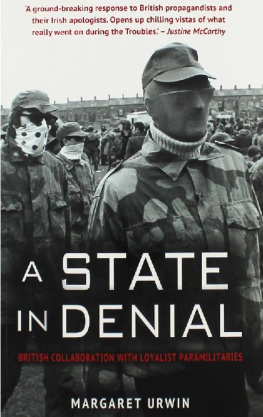

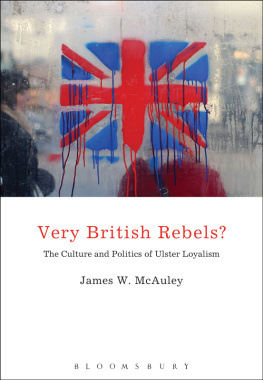
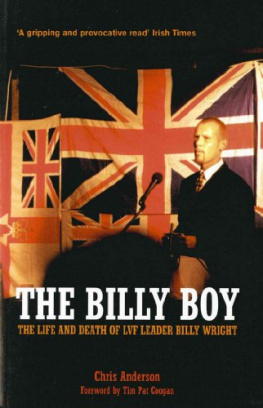
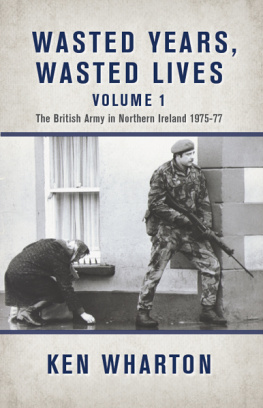

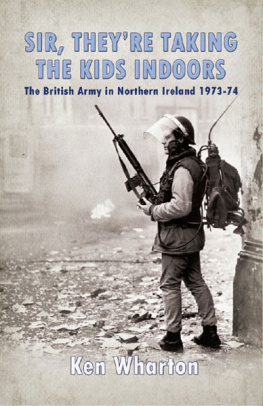
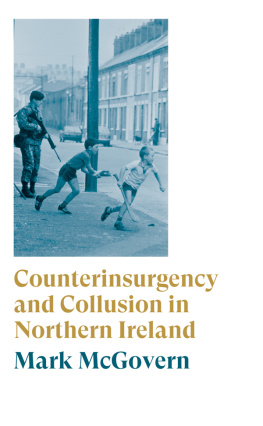
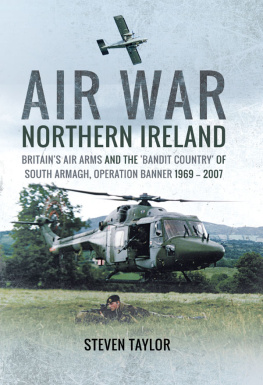

 www.mercierpress.ie
www.mercierpress.ie http://twitter.com/IrishPublisher
http://twitter.com/IrishPublisher http://www.facebook.com/mercier.press
http://www.facebook.com/mercier.press